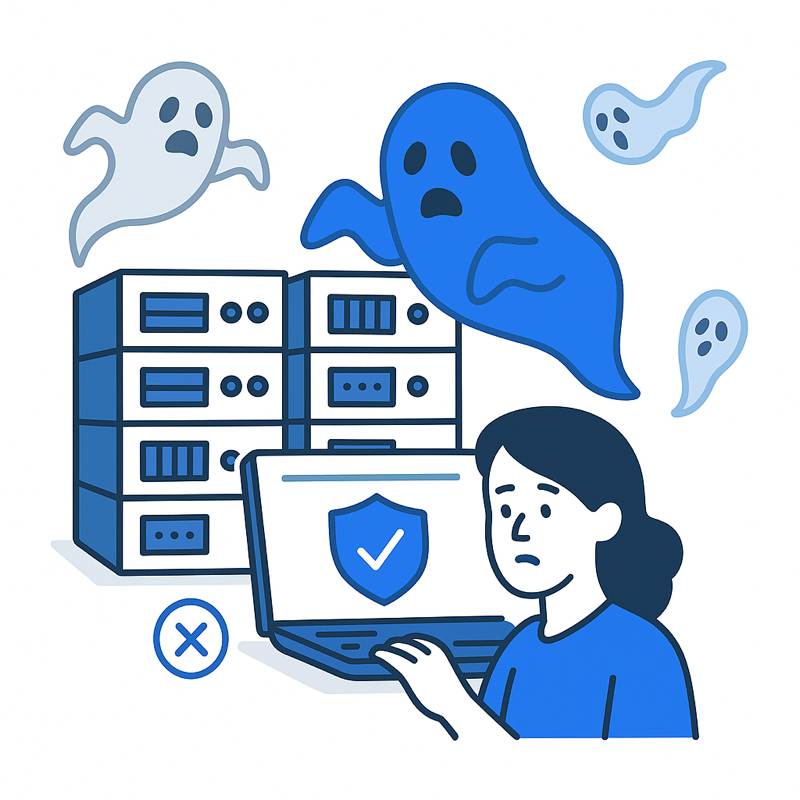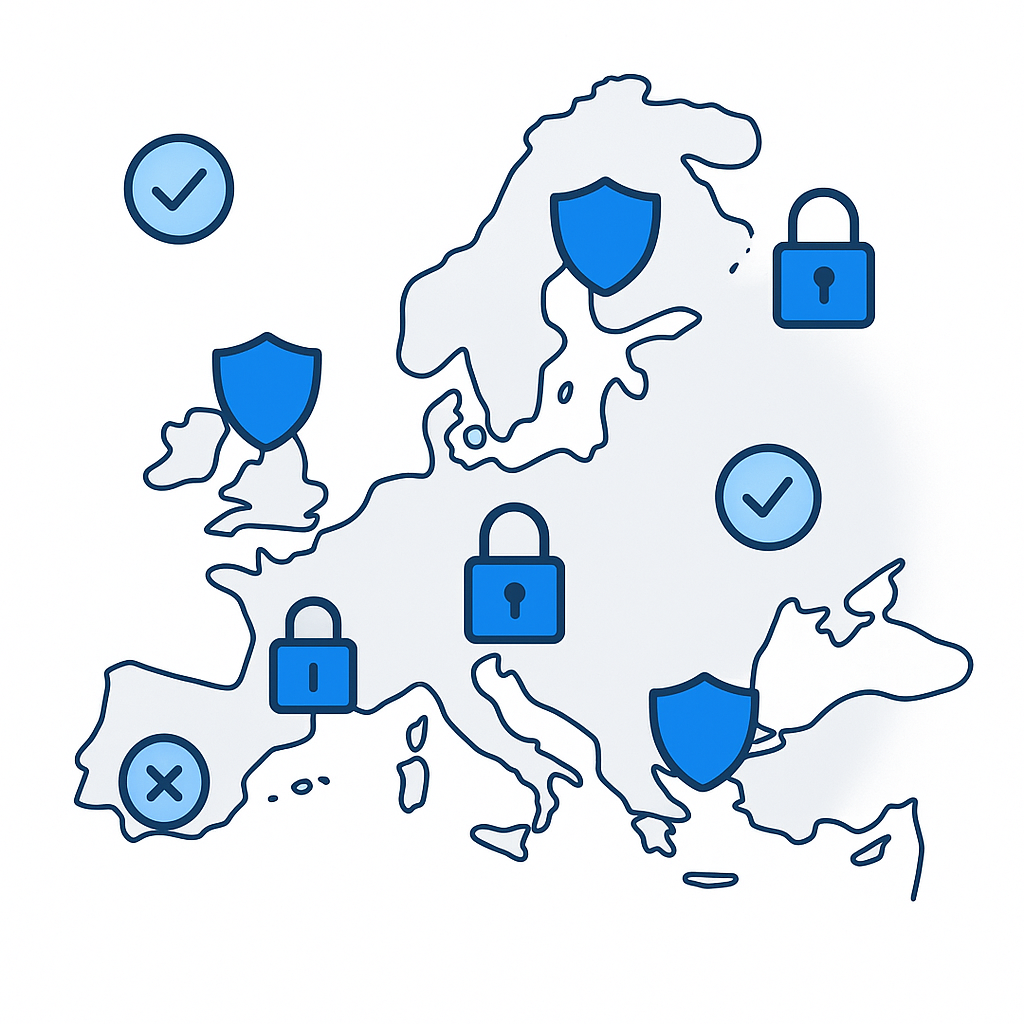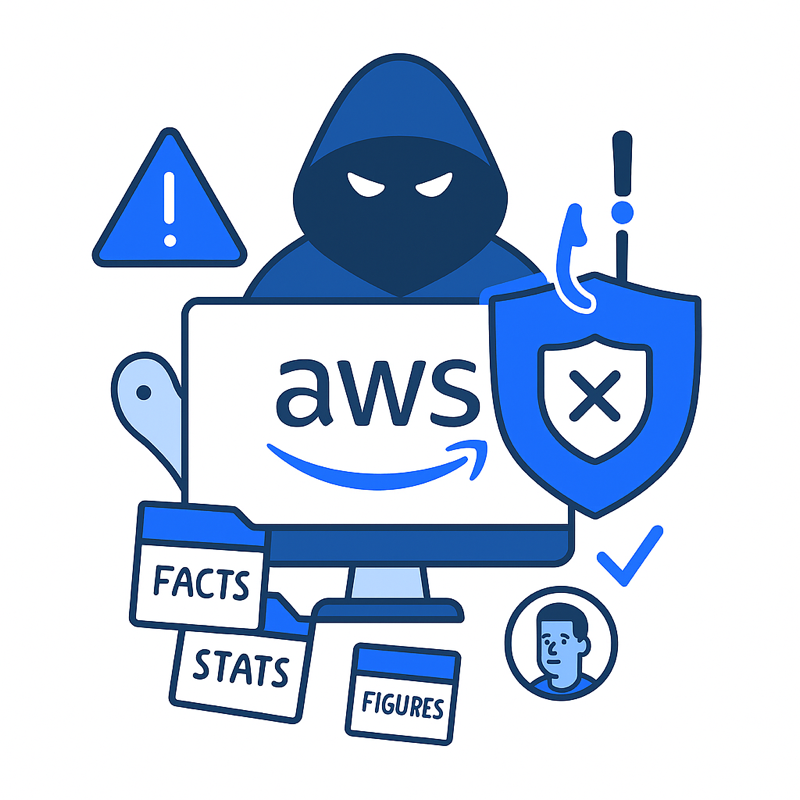From security engineer to security leader: how to position yourself for that CISO promotion
Let’s be honest, nobody wakes up one morning and simply becomes a Chief Information Security Officer (CISO). It’s more of a slow mutation: part engineer, part diplomat, part risk philosopher, and part therapist for a justifiably anxious C-suite. The CISO seat isn’t just about technical excellence; it’s about navigating politics, persuasion, and clarity under occasional chaos.
I speak to a lot of CISOs as part of my role here at Trustle, and if you’re aiming for that promotion, here’s how they say you can move up the food chain without losing your sanity (or your integrity).
1. Master the Business, Not Just the Job
Security isn’t a service you offer to the business. It is the business. The modern CISO understands revenue models, customer lifecycles, and the competitive pressures that keep the board awake at night. When you can explain why a misconfigured IAM policy might cost a sales team its next big account, people start listening.
2. Speak Risk, Not Acronyms
Boards don’t care about CVEs or the latest threat intel feed. They care about whether your company will still exist after the next breach. Learn to reframe your message from “We have a 9.8 CVSS vulnerability” to “We have a 72-hour window to avoid a seven-figure financial hit.” Speak in risk, not regex.
3. Build Influence, Not Just Policies
CISOs lead through influence. You can’t order marketing to change its SaaS stack or tell finance to upgrade its access controls by decree. You earn buy-in through trust, context, and consistency. Your soft skills, like listening, empathy, and diplomacy, will promote you faster than your ability to write the perfect SIEM query.
4. Get Comfortable with Compliance
The alphabet soup of regulations (NIS2, DORA, CRA, NYDFS, CER, etc.) isn’t optional reading. CISOs who can balance operational resilience with international cybersecurity standards and regulatory obligations are rare and highly prized. You don’t have to love compliance, but you do need to wield it as a strategic lever. Know how to use legislation to justify budgets, shape controls, and hold vendors accountable.
5. Own the Incident
In a crisis, the room looks for calm. The people who step up when everything’s on fire don’t just earn respect, they earn trust. Be that person. Volunteer for incident response planning, lead the post-mortem, and transform panic into process. When the dust settles, people remember the steady hand, not the loudest voice.
6. Mentor and Build Teams
Good CISOs don’t hoard knowledge; they scale it. Start mentoring junior analysts, support up-and-coming engineers, and delegate strategically. The hallmark of leadership is making yourself replaceable. Not because you want out, but because you’re building depth. A CISO isn’t judged by their own capability, but by the team’s collective resilience.
7. Understand Identity and Cloud Security
If data is the new oil, identity is the refinery. Most breaches today start with compromised credentials or over-permissioned access. Master cloud IAM, just-in-time access (JIT), and zero-trust principles. The future of the enterprise revolves around dynamic, automated, least-privilege identity models. Get fluent in that language now, it’s the CISO dialect of tomorrow.
8. Show ROI on Security
Security budgets aren’t bottomless. If you can demonstrate that your controls not only reduce risk but also enable business growth, such as faster onboarding and provisioning, smoother audits, and fewer outages, you become indispensable. CISOs today are expected to be revenue protectors and innovation enablers, not professional naysayers. Demonstrate that your investments enhance the business's strength, rather than hindering it.
9. Polish Your Executive Presence
Technical mastery gets you into the room. Executive presence keeps you there. Learn to communicate with brevity and clarity. Write one-page summaries, not 30-slide decks. Keep your tone calm under pressure and your messaging consistent. Leadership isn’t about having all the answers; it’s about projecting confidence while asking the right questions.
10. Network Beyond the Firewall
Your next opportunity won’t necessarily come from your current org. Join panels, contribute to professional groups, and/or speak at security conferences. Share your perspective on LinkedIn. Build a network of peers and mentors outside your immediate circle. CISO roles are as much about visibility, thought leadership, and credibility as they are about capability.
Final Advice: Lead with Purpose
The CISO role has evolved far beyond “head of IT security.” It’s now a balance of strategist, risk officer, educator, and sometimes lightning rod for everything that goes wrong with technology. But at its core, it’s a role built on purpose: protecting people, data, and trust.
If you can connect that purpose to measurable business outcomes, inspire your teams, and stay curious in a world that never stops shifting, you’re already halfway there. The rest is just job titles and timing.
So, keep learning. Keep leading. And remember: you’re not defending networks. You’re defending futures.































































































